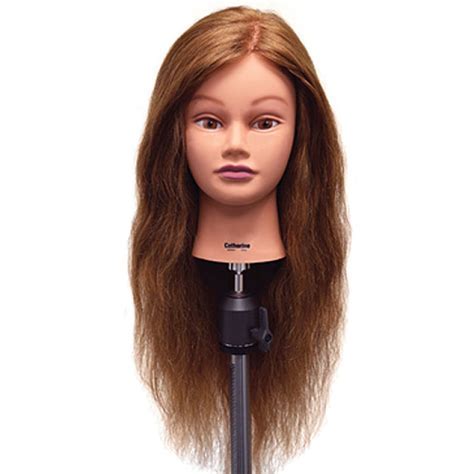Introduction
Natural black hair is often admired for its strength, versatility, and timeless beauty. However, many individuals seek to enhance their hair’s appearance with color. Hair coloring for black hair offers endless possibilities, allowing you to express your creativity and achieve a wide range of looks. This comprehensive article will guide you through the intricate world of hair color for black hair, providing you with expert tips, inspiring ideas, and everything you need to know to transform your tresses.

Understanding the Pigment of Black Hair
Black hair contains an abundance of melanin, a natural pigment that gives it its dark color. Melanin is found in two forms: eumelanin, which produces black and brown pigments, and pheomelanin, which produces red and yellow pigments. The ratio of these two pigments determines the specific shade of black hair, ranging from cool blue-black to warm reddish-black.
Common Mistakes to Avoid
When coloring black hair, there are certain common mistakes to avoid:
- Overprocessing: Black hair is prone to damage if overprocessed with chemical treatments. Use gentle formulas and avoid excessive bleaching or dyeing.
- Using the wrong color: Not all hair colors are suitable for black hair. Consult with a professional stylist to determine which shades will complement your natural pigment.
- Ignoring hair texture: The texture of your hair will influence the way it takes color. Curly or coily hair requires more attention to ensure even coverage.
Why Hair Color for Black Hair Matters
Hair color can significantly transform your appearance and boost your confidence:
- Express Yourself: Hair color is an extension of your personal style and allows you to express your creativity and individuality.
- Enhance Your Features: The right hair color can complement your skin tone, eye color, and facial features, accentuating your best assets.
- Make a Statement: A bold or vibrant hair color can make a statement and turn heads wherever you go.
- Correct Color Deficiencies: If your natural hair lacks vibrancy or warmth, hair coloring can restore the desired pigments.
Types of Hair Color for Black Hair
Permanent Hair Color:
Permanent hair color penetrates the hair shaft, altering the natural pigment permanently. It provides the most vibrant and long-lasting results.
Semi-Permanent Hair Color:
Semi-permanent hair color deposits color on the surface of the hair shaft, fading gradually over time. It offers less commitment and can be used to refresh or enhance natural hair color.
Demi-Permanent Hair Color:
Demi-permanent hair color is less permanent than permanent color but more resistant than semi-permanent color. It typically lasts for 12-24 washes and adds shine and depth to the hair.
Temporary Hair Color:
Temporary hair color washes out after one shampoo. It is ideal for experimenting with different shades or creating special effects for special occasions.
Popular Hair Color Ideas for Black Hair
Dark Brown:
Dark brown is a classic choice for black hair, adding warmth and depth without a dramatic change.
Chestnut Brown:
Chestnut brown is a rich, warm shade that complements warm skin tones.
Honey Blonde:
Honey blonde is a golden shade that creates a sun-kissed effect on black hair, adding brightness and dimension.
Ombre:
Ombre involves gradually transitioning from black roots to a lighter shade at the ends, creating a sophisticated and eye-catching look.
Balayage:
Balayage is a freehand technique that adds highlights to black hair, creating a natural and sun-kissed effect without harsh lines.
Choosing the Right Color for Your Skin Tone
- Cool Skin Tones: Cool skin tones with pink or blue undertones look best with cool hair colors such as blue-black, dark brown, and ash blonde.
- Warm Skin Tones: Warm skin tones with yellow or golden undertones complement warm hair colors such as reddish-black, chestnut brown, and honey blonde.
- Neutral Skin Tones: Neutral skin tones with a balance of warm and cool undertones can wear a wider range of hair colors.
How to Care for Colored Black Hair
- Use Color-Protecting Products: Use shampoos, conditioners, and styling products specifically designed for colored hair to maintain vibrancy and prevent fading.
- Avoid Heat Styling: Excessive heat from blow dryers and flat irons can damage colored hair. Air-drying or using low heat settings is recommended.
- Deep Condition Regularly: Deep conditioning treatments help restore moisture and protect the hair from damage, especially after coloring.
- Trim Split Ends: Regular trims remove split ends, preventing them from traveling up the hair shaft and causing further damage.
Conclusion
Hair color for black hair is a transformative tool that can enhance your beauty and express your personal style. Whether you’re seeking a subtle change or a bold statement, there is a hair color for every preference. By understanding the pigment of black hair, avoiding common mistakes, and choosing the right color for your skin tone, you can achieve stunning results that will leave you feeling confident and radiant.
